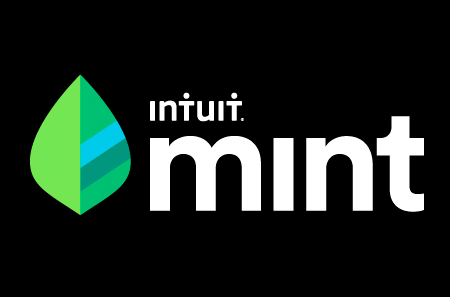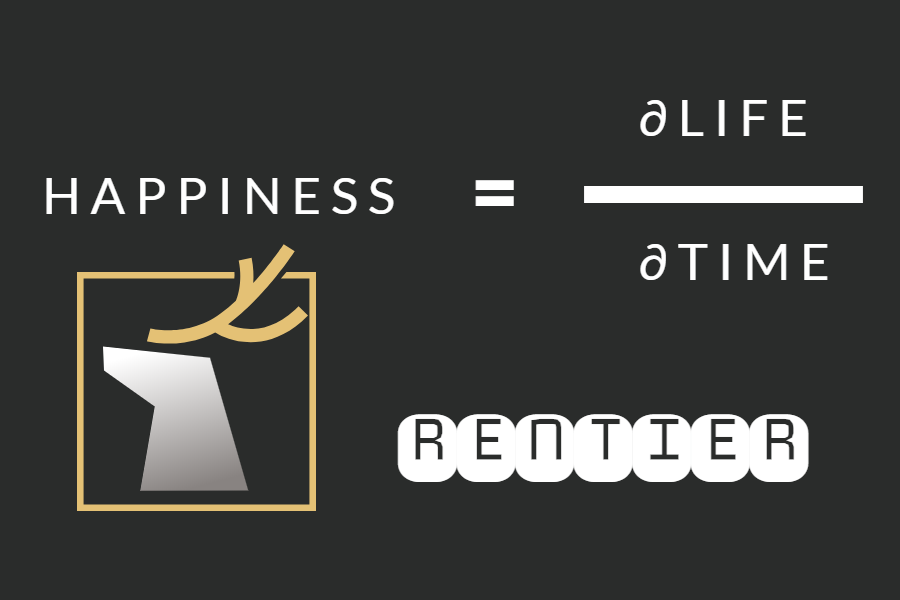
Portfolio Strategy
- My asset allocation strategy remains constant. I am willing to take a substantial risk for aggressive growth.
- I go all-in with litigation finance investments. Concentration is the fastest way to build wealth.
- I will enter the world of hedge fund investing when my liquid assets reach $3 million.
Asset Class Allocation
I hold a sizable portion of my portfolio in litigation finance assets: commercial litigation funding, pre-settlement advances, and law firm financing. Litigation funding is rapidly emerging as an alternative asset class, and the industry is set for explosive growth over the next decade. The shift to a greater focus on this asset class is a culmination of research in the third-party litigation funding industry. Investments in unsecured personal loans and fix-and-flip hard money loans have been undergoing liquidation over the last several years. I will consolidate all retirement accounts to a Merrill Edge brokerage account.
LexShares Accrued Value
My LexShares investments have accrued $800,000 as of November 30, 2018 based on a percentage of recovery. Accrued value is expected to increase by $400,000 every year. Investments in legal claims are highly speculative. The benefit of the higher returns for the portfolio concentration comes at the cost of a higher level of risk.
The Litigation Finance Market
The basic concept of litigation funding is that lawsuits are contingent assets, which require investments in order to come to fruition. Litigation finance provides capital to pay for legal fees and expenses that are necessary to litigate a case. In most cases the funding is provided on a non-recourse basis to the litigant, meaning the funder receives an agreed share of the proceeds that are generated from a successful litigation outcome, but the funder loses its investment and the litigant owes nothing if the litigation is unsuccessful.
Market Trend
The industry has evolved from single-case funding to portfolio funding. Single-case funding refers to the provision of a single litigation where case outcomes are generally very binary, either the case wins or loses. Portfolio finance allows law firms and corporations to bundle multiple cases into a single financing agreement. The cases in the portfolio typically are cross-collateralized. The funder provides a pool of capital to litigants across a large group of cases and gets a predetermined return based on the performance of the portfolio in the aggregate. Thus, the return on investment is not solely dependent on the outcome of one case.
Return on Investment
The returns on commercial litigation investments are usually a multiple of the investment, a share of the settlement or award, or a combination of the two. The deal structure varies depending on the types of cases. For example, breach of contract cases tend to have a fixed cap on the recovery amount, whereas intellectual property cases have a wider range of possible outcomes due to the apparent fact that the amount of monetary damages depend largely on the prevalence of infringement by other parties and the frequency of patent usage without the consent of its proprietor. In general, the industry is still fairly opaque and there is no uniformity when it comes to pricing. Historically funders have been looking for 2.7x on average returns, but it can go as high as 10x for high risk intellectual property funding and as low as 1.5x for appeal funding with solid records. All numbers point to a seller’s market for the current litigation funding industry. The market allows funders to put their own money into these deals and receive venture capital like returns. Large litigation funders that are publicly traded over in Europe and Australia, are very happy to post extremely high returns. They invest a large amount in a type of litigation like a class action, then get between 20% and 40% of the billion dollar settlement. This is how those big players score major payouts and turn into billion dollar companies.
Litigation Finance Investment Platform
LexShares
Commercial litigation funding is a non-recourse funding for meritorious business disputes such as contracts, patent, intellectual property, anti-trust, fraud, whistleblower, and international arbitration. It offers strong historical returns and a moderate investment life-cycle. While the industry is generally dominated by institutional investors, LexShares enables individual investors to access litigation finance assets through their online platform. I am aiming to invest in individual commercial cases to build a diversified portfolio of over 20 cases with a total claim value of $2 million. This is the best high yield investment option for risk takers.
YieldStreet
Consumer litigation funding is a non-recourse pre-settlement advance to individual plaintiffs for living expenses during protracted litigation. The common types of lawsuits include personal injury, product liability, medical malpractice, motor vehicle accidents, and general liability. YieldStreet offers a diversified portfolio of mature personal injury or liability claims with a high likelihood of winning. These investments generate reliable cash flow, but it also means that investment returns suffer stagnation of idle cash, that will impact on investment performance over time. Cash drag is an inherent issue for multi-million dollar investments. This is the best low risk investment option for retail investors who have less than one million dollars in net assets.
Litigation Finance Fund
There are apparently many different areas within the litigation finance sector such as personal injury litigation, mass tort litigation, class actions, product liability litigation, or commercial litigation. Funds can bring a level of diversification to those different types of litigation with added protection in law firm portfolios. I will start investing in hedge funds once my liquid assets reach multi-millions.
Financial Outlook
My target number is $3 million minimum, $5 million desired based on a projection of my future spending. While the high-yield fixed-income investments provide a predictable cash flow schedule, reduce the overall risk, and protect against volatility of a portfolio, we need to run towards risk if we want to build massive wealth in our 30s. I took a bold step necessary to increase the upside potential for outsize returns. A wrong decision is better than no decision. Overcoming loss aversion is the key to achieving financial independence at an early age.





